PL Optics offers an advanced Photoluminescence Test System within its photonic platform, enabling high-precision PL spectroscopy for material characterization in research and industrial settings.
A Photoluminescence (PL) test system is a system used to test the optical properties of luminescent materials, such as their luminescence characteristics and luminous efficiency. It can be set up inside a glove box to measure the photoluminescence quantum efficiency without having to remove the sample. The system's spectrometer has a high signal-to-noise ratio, low stray light, and a large dynamic range. It is equipped with a sample holder/cuvette, making it suitable for measuring excitation and emission light of different wavelengths and intensities.
The system is mainly used for measuring the fluorescence quantum efficiency of materials (in solution, powder, or thin film form). The system is calibrated with a traceable light source to accurately measure the absolute quantum yield and color. It can also be used to measure and record photoluminescence spectra. All necessary operations can be completed through the software interface, enabling automated measurements. The system has a simple structure and is easy to operate.
Model:PLEY-M
The photoluminescence measurement system is composed of an integrating sphere, fiber optic spectrometer, multimode fiber, excitation light source, sample holder/cuvette, and an integrating sphere bracket.
The integrating sphere is made of imported high-diffuse-reflection PTFE material, sintered at high temperatures. It has a reflectance of up to 99% and is suitable for the entire ultraviolet-visible-near-infrared (200-2500nm) spectrum. It also has excellent Lambertian properties within this spectral range. Due to the high stability of the material, it is not prone to oxidation, yellowing, or deterioration, and is waterproof and easy to store. The inner diameter of the integrating sphere is 340mm, and the sample port diameter is 25mm. The light input port is an SMA905 quasi-direct port, and the output port is a standard SMA905 interface. FC or other interfaces can also be customized. With a sample holder/cuvette, it can be used for measuring the fluorescence quantum efficiency of materials (in solution, powder, or thin film form).
| ||
Reflectance: up to 99%
Spectral Range: 200-2500nm
Inner Material: High-quality PTFE
Optical Interface: SMA905
High Lambertian cosine characteristic
The fiber optic spectrometer uses a Hamamatsu cooled CCD array sensor, which features high sensitivity, low noise, a high signal-to-noise ratio, and low temperature drift. Its working wavelength range is 200-1100nm, with an optical resolution of 1.83nm @ 25μm slit. The cooling technology suppresses thermal noise from the detector, significantly reducing the dark current and greatly improving the signal-to-noise ratio. This also lowers the detector temperature and reduces thermal noise, allowing for the detection of weaker light signals, which is suitable for analyzing weak signals like transmittance, reflectance, fluorescence, and Raman scattering.
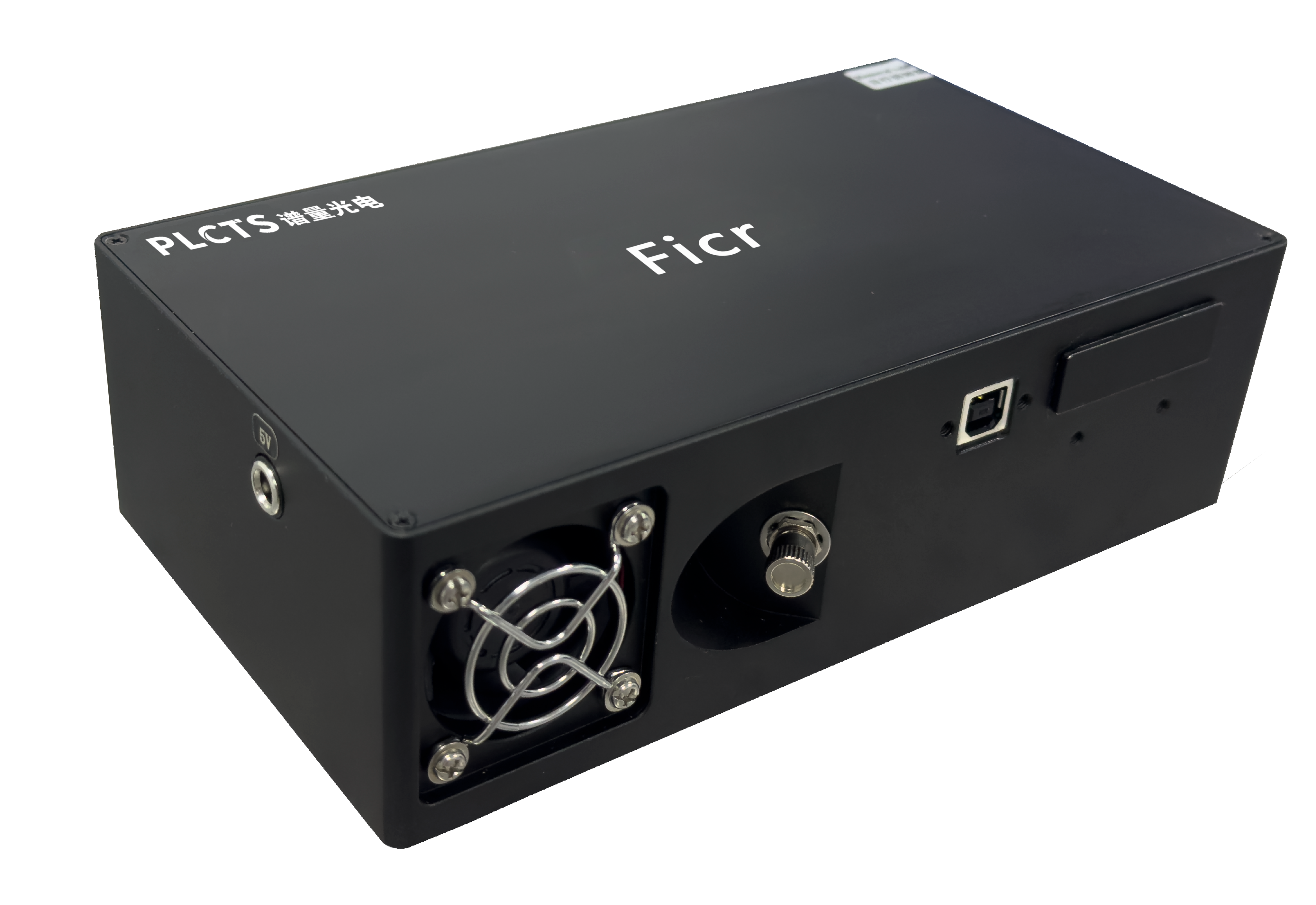
Single-stage cooling
Hamamatsu cooled CCD array sensor
Working wavelength range: 200-1100nm
Uses imported high-quality diffraction grating
Low noise, high signal-to-noise ratio, SMA905 fiber input
The excitation light source uses our company's fiber-coupled LED light source. This series of products has a small, compact design. It is powered by a simple and safe DC adapter. A wide selection of wavelengths from 370nm to 1050nm is available. It features a power stability of<3%, long service life, continuously adjustable output power, and supports long-term continuous operation.
| ||||
Output method: Fiber optic output, Fiber optic connector: SMA905;
Wavelength range from 375nm, 470nm, 530nm, 660nm, 880nm, 940nm, 1050nm, and other center wavelengths are available (other wavelengths can be customized);
Power stability:<3%;
Continuously adjustable output power, simple to operate
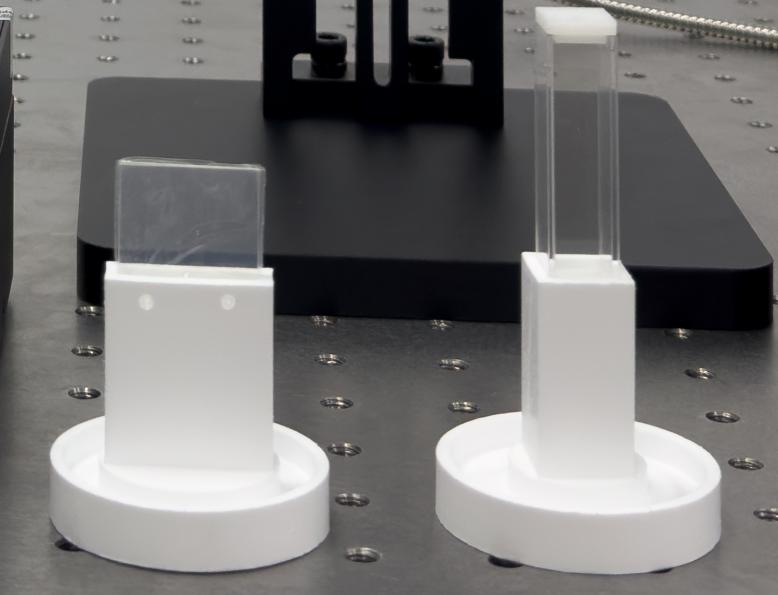 | ||
5. Quartz Multimode Fiber
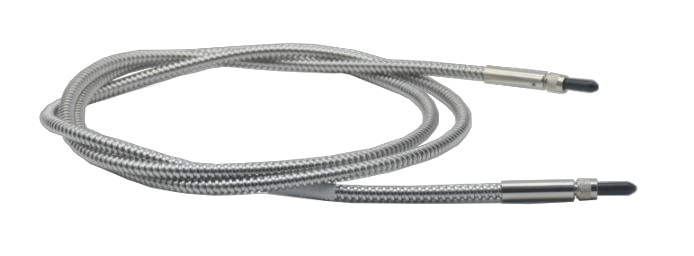 | 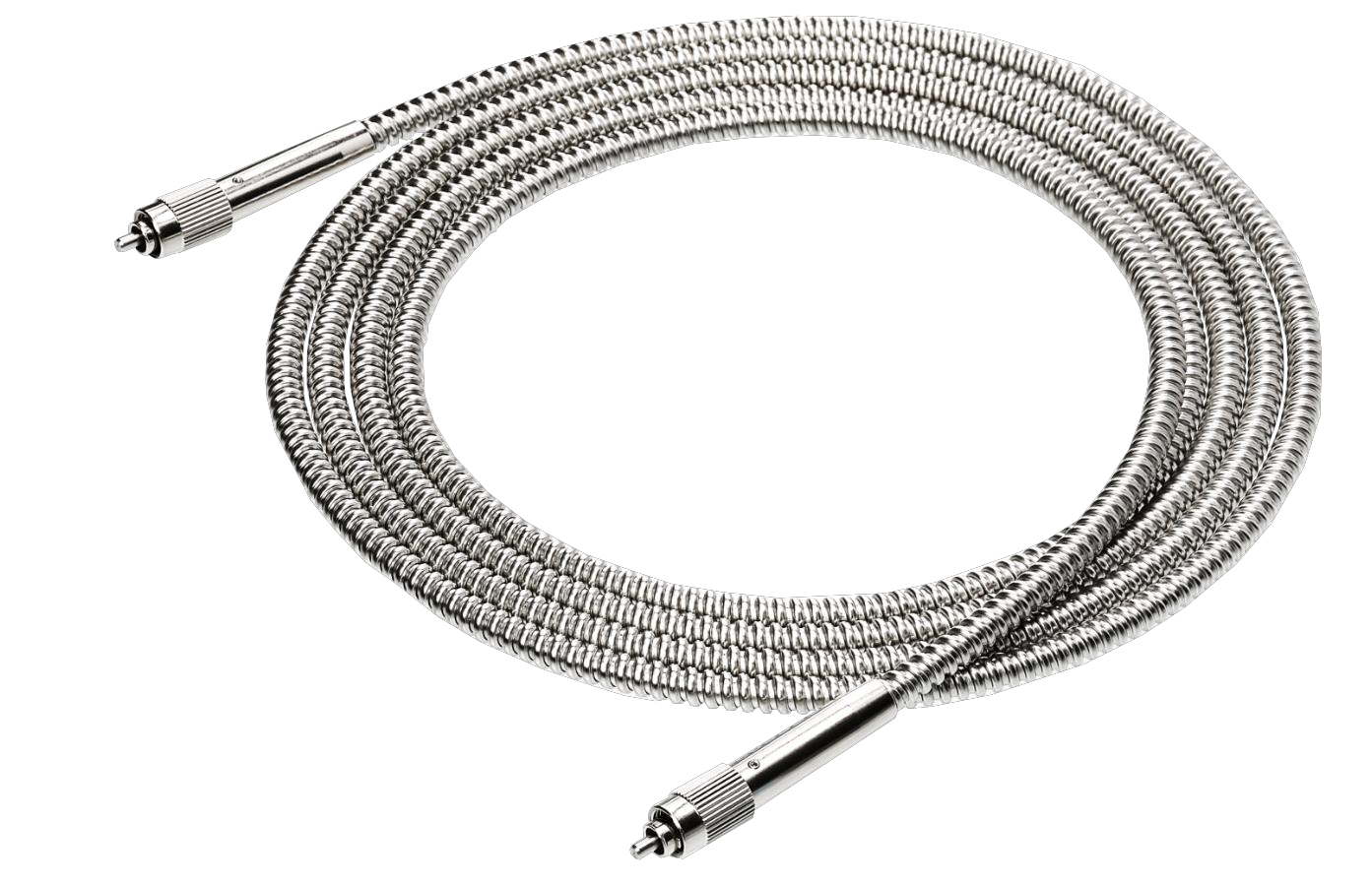 | ||||
| SMA905 | FC/PC |
|
Test Parameters:
● Main Wavelength
● Quantum Efficiency
● Emission Spectrum
● Luminous Intensity (cd)
● Luminance (cd/m2), Chromaticity Coordinates
● Absolute Radiant Flux (lm)
● Quantum efficiency curve as a function of different excitation energies
 | Fluorescence Test |
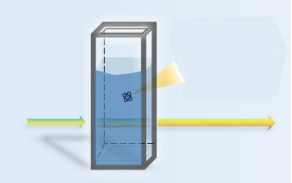 | Liquid |